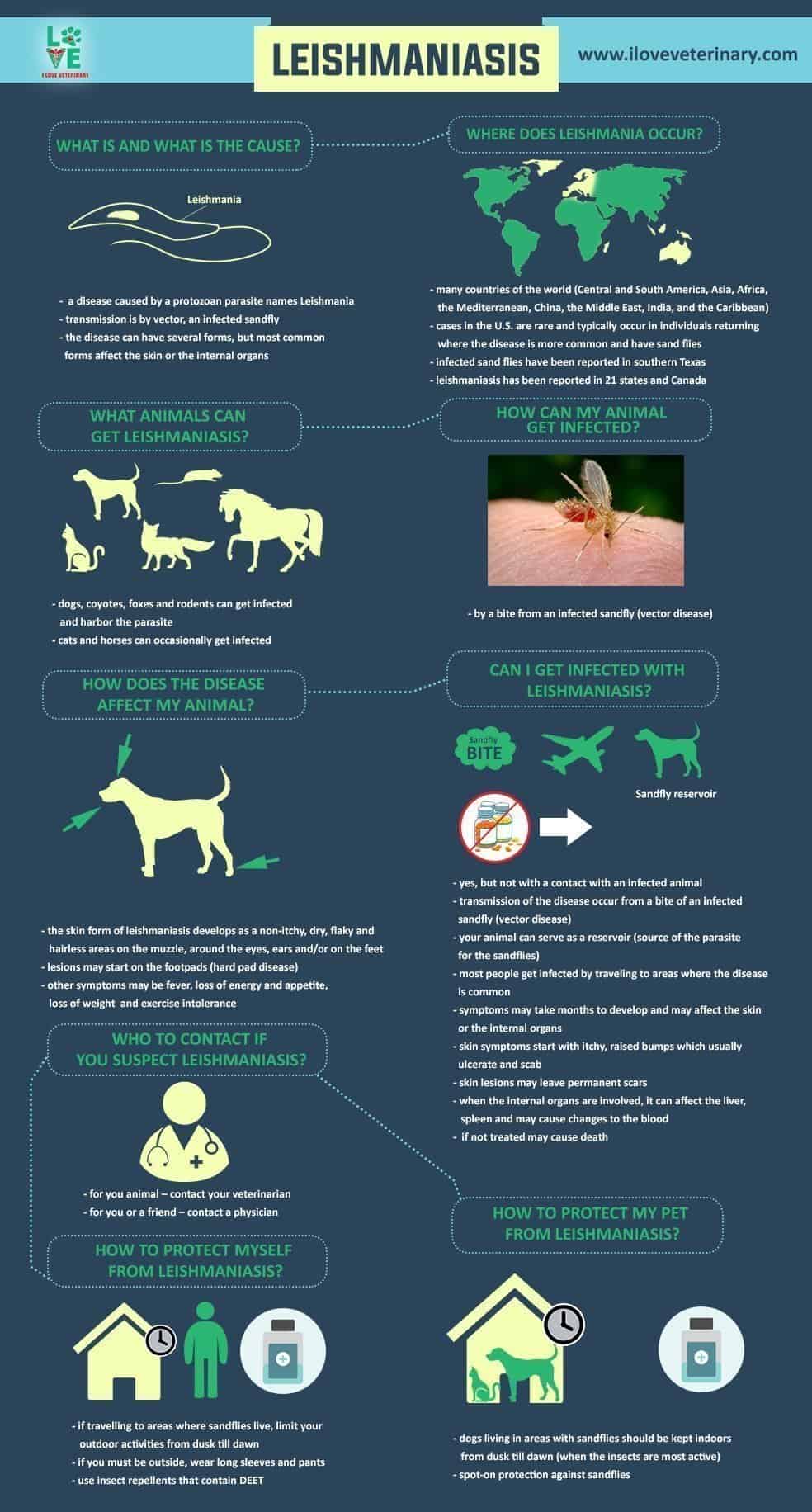What is Leishmaniasis and What is The Cause?
- a Disease caused by a protozoan parasite names Leishmania
- Transmission is by vector, an infected sandfly
- The disease can have several forms, but most common forms affect the skin or the internal organs
Leishmaniasis is a parasitic disease known for its great impact on the human population’s health status. The parasite lives in a salivary gland of sand flies, transmitting from one host to another.
These parasites can infect anywhere from tens to hundreds of humans at a time. This disease has been spreading rapidly since the 1980s, and it is making people combating immunodeficiency diseases more vulnerable to this parasitic infection that affects the cells that detect foreign bodies and cells that provide defense against bacteria and viruses in the body tissue.
Leishmaniasis is a disease caused by a protozoan parasite called Leishmania. The first documented case of this disease was in 1847 by an English physician, Joseph Lister. In 1938 a new species of the organism was found on the blood mistletoe leaf, which was named Saccariales mumps.
In 1948 it was discovered that Saccariales mumps can cause leishmaniasis and that it is transmitted from one animal to another.
Where Does Leishmania Occur?
Leishmaniasis is a parasitic disease that affects an estimated 10 million people in 74 countries. In some cases, it may lead to death. Experts believe that the parasite spreads via the bite of a sandfly from infected vectors, such as dogs and cats.
- Many countries of the world (Central and South America, Asia, Africa, the Mediterranean, China, the Middle East, India, and the Caribbean)
- Cases in the U.S. are rare and typically occur in individuals returning where the disease is more common and have sand flies
- Infected sand flies have been reported in southern Texas
- Leishmaniasis has been reported in 21 states and Canada
What Animals Can Get Leishmaniasis?
- Dogs, coyotes, foxes and rodents can get infected and harbor the parasite
- Cats and horses can occasionally get infected
How Can my Animal Get Infected?
- By a bite from an infected sandfly (vector disease)
How Does the Leishmaniasis Disease Affect my Animal?
- The skin form of leishmaniasis develops as a non-itchy, dry, flaky and hairless areas on the muzzle, around the eyes, ears and/or on the feet
- Lesions may start on the footpads (hard pad disease)
- Other symptoms may be fever, loss of energy and appetite, loss of weight and exercise intolerance

Can I Get Infected by Leishmaniasis?
- Yes, but not with a contact with an infected animal
- Transmission of the disease occur from a bite of an infected sandfly (vector disease)
- Your animal can serve as a reservoir (source of the parasite for the sandflies)
- Most people get infected by traveling to areas where the disease is common
- Symptoms may take months to develop and may affect the skin or the internal organs
- Skin symptoms start with itchy, raised bumps which usually ulcerate and scab
- Skin lesions may leave permanent scars
- When the internal organs are involved, it can affect the liver, spleen and may cause changes to the blood
- If not treated may cause death
Who to Contact if you Suspect Leishmaniasis?
- For you animal – contact your veterinarian
- For you or a friend – contact a physician
How to Protect my Pet From Leishmniasis?
- Dogs living in areas with sandflies should be kept indoors from dusk till dawn (when the insects are most active)
- Spot-on protection against sandflies
How do I Protect Myself From Leishmaniasis?
- If travelling to areas where sandflies live, limit your outdoor activities from dusk till dawn
- If you must be outside, wear long sleeves and pants
- Use insect repellents that contain DEET
